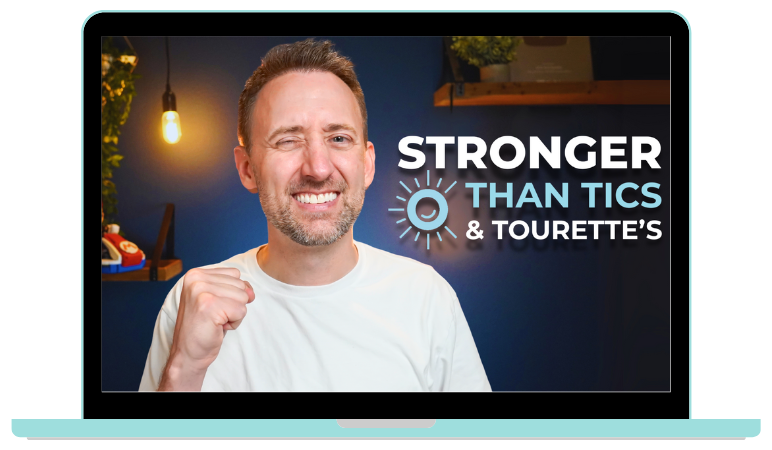Assessing Risks of Violent Intrusive Thoughts in Mental Health
Aug 20, 2023
The human mind is a complex and intricate realm, capable of producing a vast array of thoughts. However, for some individuals, the mind's creativity takes a darker turn, giving rise to unwanted and distressing thoughts of violence. In this blog, we will delve into the unsettling phenomenon of violent intrusive thoughts, explore the risks they pose to mental health, and shed light on the significance of risk assessment in addressing these challenges.
Understanding Violent Intrusive Thoughts
Violent intrusive thoughts are involuntary and distressing mental images or ideas involving harm, aggression, or violence. They can occur in individuals who have no intention or desire to act on these thoughts. It's important to emphasize that these thoughts do not reflect one's true intentions or character; rather, they are a product of the mind's intricate workings.
The Risks Involved
- Emotional Distress and Anxiety: One of the most immediate risks of violent intrusive thoughts is the intense emotional distress they elicit. Individuals experiencing these thoughts often feel a surge of anxiety, fear, and guilt. The dissonance between the thoughts and their personal values can lead to significant inner turmoil.
- Impact on Daily Functioning: The persistent presence of violent intrusive thoughts can interfere with daily activities, concentration, and decision-making. Individuals might avoid situations or places associated with the thoughts, leading to a reduced quality of life.
- Self-Isolation and Shame: Out of fear of being judged or misunderstood, individuals might isolate themselves from friends, family, and social interactions. Shame and embarrassment can further compound this isolation, exacerbating feelings of loneliness.
- Compulsive Behaviours: Some individuals may develop compulsive behaviours as a response to their violent intrusive thoughts. These behaviours, such as excessive checking, reassurance-seeking, or mental rituals, are intended to alleviate the anxiety caused by the thoughts. However, they can reinforce the connection between the thoughts and the need for these behaviours.
- Delayed Treatment: Due to the stigma surrounding violent thoughts and fears of being labelled as dangerous, individuals may hesitate to seek professional help. This delay in seeking treatment can prolong their distress and hinder their recovery.
The Importance of Risk Assessment
- Recognizing Severity: Conducting a thorough risk assessment allows mental health professionals to determine the severity of the violent intrusive thoughts and whether they pose an immediate danger to the individual or others. This assessment is crucial in guiding appropriate interventions.
- Tailored Treatment: Each individual's experience with violent intrusive thoughts is unique. A comprehensive risk assessment helps mental health professionals design personalized treatment plans that address the specific challenges and risks faced by the individual.
- Safety Planning: For individuals experiencing extreme distress or high levels of risk, a safety plan can be developed in collaboration with mental health professionals. This plan outlines steps to manage and cope with intrusive thoughts and provides emergency contacts if needed.
- Education and Normalization: Conducting risk assessments and providing education about the nature of intrusive thoughts can help individuals understand that these thoughts do not define them and are a common experience in various mental health conditions.
Seeking Help and Support
In conclusion, the phenomenon of violent intrusive thoughts sheds light on the intricacies of the human mind and its potential to generate distressing content. Recognizing the risks associated with these thoughts and conducting thorough risk assessments are vital steps toward providing appropriate care and support. By normalizing the discussion surrounding these thoughts and offering evidence-based interventions, we can empower individuals to navigate their mental health challenges with resilience and hope.
















